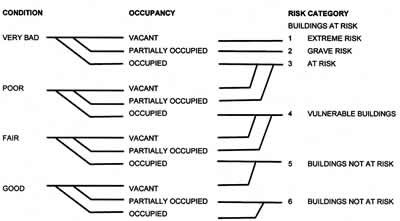Recent Projects
Buildings at Risk Surveys
Listed buildings that suffer from long-term neglect and decay, especially when they are left unoccupied, are at risk of irreparable damage or loss if urgent steps are not taken to stabilise their condition. Buildings at risk surveys are used to identify those properties that are at risk of damage or are vulnerable to future loss.
In 1992 English Heritage published “Buildings at Risk: A Sample Survey” which analysed results obtained during Stage 1 of the national survey of listed buildings. It was calculated that 7% of listed buildings in England were at risk from neglect and that twice that number were in danger of falling into the same state. This was followed in 1998 by a further publication “Buildings at Risk: A New Strategy” which described the statutory powers held by English Heritage and all Local Authorities, and discussed the role of Local Authorities and Building Preservation Trusts. They also published the first national Buildings at Risk Register, which identified 1,428 of England's most important Grade I and II* listed buildings and structural scheduled monuments were at risk.
English Heritage strives to encourage all councils to produce lists of buildings at risk to ensure that they are aware of the properties that are most in need of attention. Many grade I, II* and II buildings are still at risk and need to be monitored, rescued and refurbished.
The Risk Scale
The Risk Scale devised and used by English Heritage ranges from category 1 to category 6, 1 being most at risk and 6 being least at risk. This is determined through an assessment of a building’s condition and its level of occupancy (‘vacant’, ‘partially occupied’ and ‘occupied’). The condition survey is usually, but not exclusively, conducted from the exterior fabric of a building and its score is based on the following.
Since 1993 BEAMS has undertaken several buildings at risk surveys for Local Authorities. A few cases are presented here.
East Hertfordshire
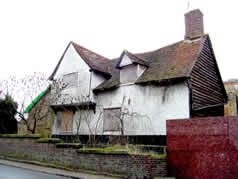 |
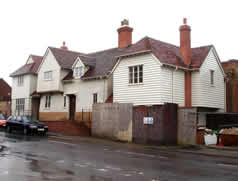 |
| 2006 | 2010 |
2 Hare Street, Buntingford. Grade II.
A 17th or early 17th century timber framed hall-house, formerly The Old Vicarage. A building at risk for a number of years, but permission has been granted for re-development and extension. Work is currently well underway.
Watford
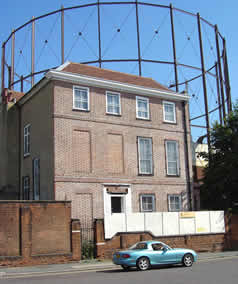 |
| 2005 |
Frogmore House, High Street, Watford. Grade II*.
An 18th century house, later flats and now unoccupied. Although repairs to the building have been undertaken to ensure it is dry and protected from the elements, it is a long standing building at risk and remains as such.
Mid-Bedfordshire
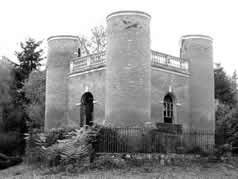 |
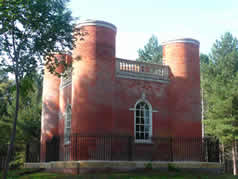 |
| 2004 | 2009 |
Queen Anne’s Summerhouse at Old Warden Park (Shuttleworth Estate). Grade II.
An 18th century former folly or hunting lodge in the grounds of the park, the summerhouse was a long-standing building at risk. It was restored by the Landmark Trust in 2009 whose had raised funds, together with a grant form the Heritage Lottery fund, to complete the much needed works. The building is now used as a holiday let.

